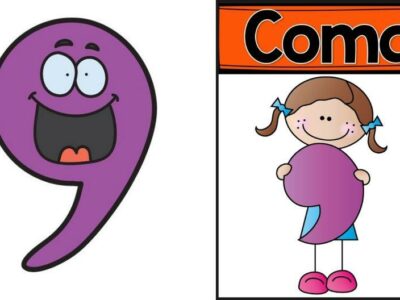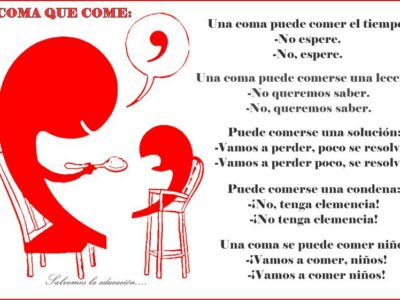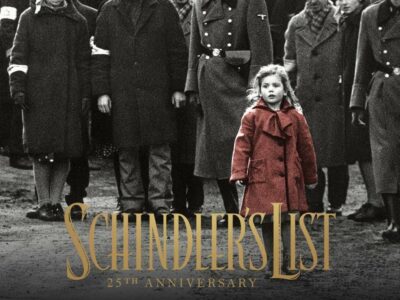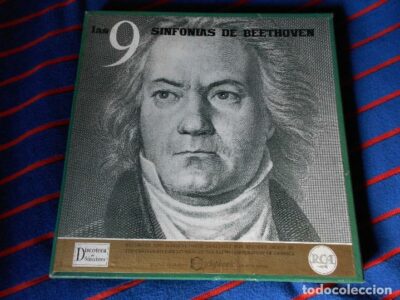React to our article
I love it
0
I like it
0
I'm lovin 'it
0
I don't understand something
0















La danza es y será siempre una hermosa rama del arte. Resulta placentero ver sitios que citen sus creaciones.